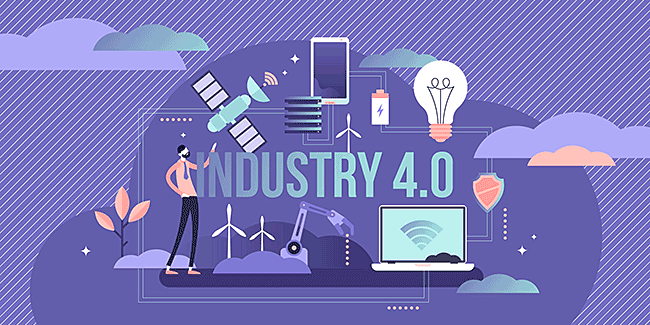How Companies are Using Innovative Techniques to Thrive in the Fourth Industrial Revolution
 According to a report put out by the World Economic Forum, 70% of manufacturing operations are struggling to adopt Fourth Industrial Revolution (4IR) technologies, while a few dozen companies have found ways to incorporate innovative technologies and develop new ways to work, resulting in impressive gains to their bottom lines.
According to a report put out by the World Economic Forum, 70% of manufacturing operations are struggling to adopt Fourth Industrial Revolution (4IR) technologies, while a few dozen companies have found ways to incorporate innovative technologies and develop new ways to work, resulting in impressive gains to their bottom lines.
The 44 leaders identified in the report are frontrunners in the adoption of 4IR technologies, concentrating on incorporating digitization, automation, predictive analytics, virtual and augmented reality, and the industrial internet of things.
Fast Radius, for example, designed an analytics platform to capture data in their manufacturing process. Machine-learning then provides feedback that allows workers to quickly address problems and improve design, the result of which has been a 36% inventory reduction and a 90% reduction in time-to-market.
In China, Haier’s goal was to move from a single-sale customer mindset to one of a lifetime user. To achieve this, they created an interactive platform allowing consumers to design and order customized air-conditioning products. The result has been a 21% increase in quality, 63% in labour productivity, and a 33% reduction in lead time.
By maximizing data connectivity and using RFID tags, Phoenix Contact has increased performance by 40% and lowered production time by 30% while enabling 24/7 line operation.
Thriving in a 4IR world also involves optimizing the potential of workers, helping them adapt to continual change by upgrading on-the-job skills, problem-solving techniques, and collaborative abilities, using learning methods such as gamification, digital-learning pathways, and VR/AR learning.
At Ford Otosan a “Talent Development Agile Team” was developed to increase skills in innovation, data interpretation and creativity. Workers are actively involved in the entire process, from evaluating and choosing new technologies to working with engineers to implement innovations into the plant.
Schneider Electric runs “Digital Week” hackathons to generate new ideas from its workers, while Phoenix Contact’s approach to worker productivity was to build an app that guides operators through their jobs while tracking their accomplishments.
Organizations that are looking for a path forward in implementing 4IP technologies can learn from these real-life examples of “lighthouse” companies and transform the very nature of their enterprises. Read the report.
Add your Comment
[LOGIN FIRST] if you're already a member.fields are required.
